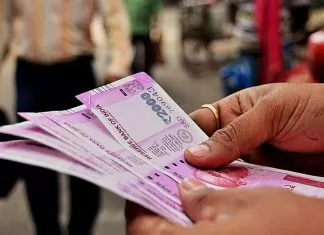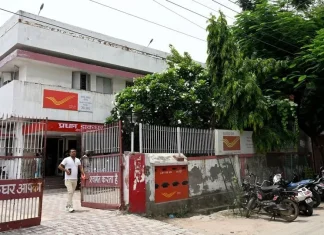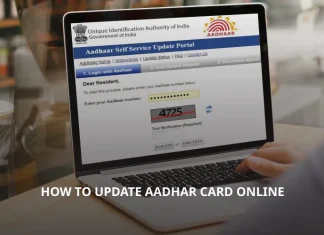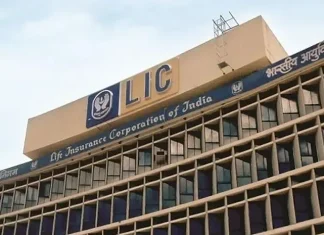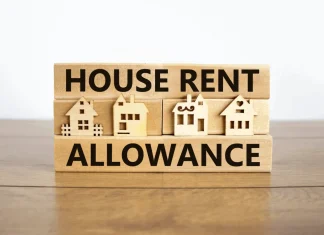₹2000 Note: You still have ₹ 2000 note, so can you go to jail?,...
The Reserve Bank of India had withdrawn the Rs 2000 currency notes from circulation on May 19, 2023. However, based on the latest data...
Post Office SSY Scheme: Deposit Rs 24,000 in your daughter’s name, you will get...
Post Office SSY Scheme: If you are also worried about your daughter's future and marriage, then there is no need to worry at all...
Aadhar Card Update: Big update on Aadhar card, You will have to show these...
Big Update on Aadhar: The government has brought changes in the rules for making Aadhar card. Now it will not be easy for any...
LIC has brought these 3 super plans for employed people, know what benefits you...
After the Corona pandemic, awareness among people about life security has increased rapidly. Especially for those who are dependent on a job or a...
Airtel launches Rs 189 prepaid plan, know benefits and validity
Airtel New Recharge Plan - If you are looking for an affordable recharge plan to keep your phone number active, then Airtel has come...
ITR Filing 2025: Your HRA Tax Exemption Claim Might Be Rejected Under These Circumstances
House Rent Allowance (HRA) helps a lot in saving tax. If your salary includes the HRA component, then you can claim exemption under Section...
ELI scheme: Govt will implement ELI scheme from August 1, these people will get...
ELI scheme: From August 1, the government will implement the Employment Linked Incentive Scheme (ELI). Under this, the government will give an incentive of...
Employees’ salary will increase by 34% in the 8th Pay Commission! Check salary structure
8th Pay Commission: Hopes have been raised among lakhs of government employees and pensioners regarding the 8th Pay Commission. If everything goes as per...
IMD Alert: There will be heavy rain in these states including Punjab-Haryana in the...
Monsoon has gained full speed in the country and now its effect is clearly visible in North and Central India as well. The Indian...
School Closed: All schools will remain closed for 10 days, holiday announced from July...
An important information has come out from Haridwar district of Uttarakhand. In view of the upcoming Shravan Kanwar Yatra 2025, an order has been...
₹2000 Note: You still have ₹ 2000 note, so can you go to jail?,...
The Reserve Bank of India had withdrawn the Rs 2000 currency notes from circulation on May 19, 2023. However, based on the latest data...
Post Office SSY Scheme: Deposit Rs 24,000 in your daughter’s name, you will get...
Post Office SSY Scheme: If you are also worried about your daughter's future and marriage, then there is no need to worry at all...
Aadhar Card Update: Big update on Aadhar card, You will have to show these...
Big Update on Aadhar: The government has brought changes in the rules for making Aadhar card. Now it will not be easy for any...
LIC has brought these 3 super plans for employed people, know what benefits you...
After the Corona pandemic, awareness among people about life security has increased rapidly. Especially for those who are dependent on a job or a...
Airtel launches Rs 189 prepaid plan, know benefits and validity
Airtel New Recharge Plan - If you are looking for an affordable recharge plan to keep your phone number active, then Airtel has come...


